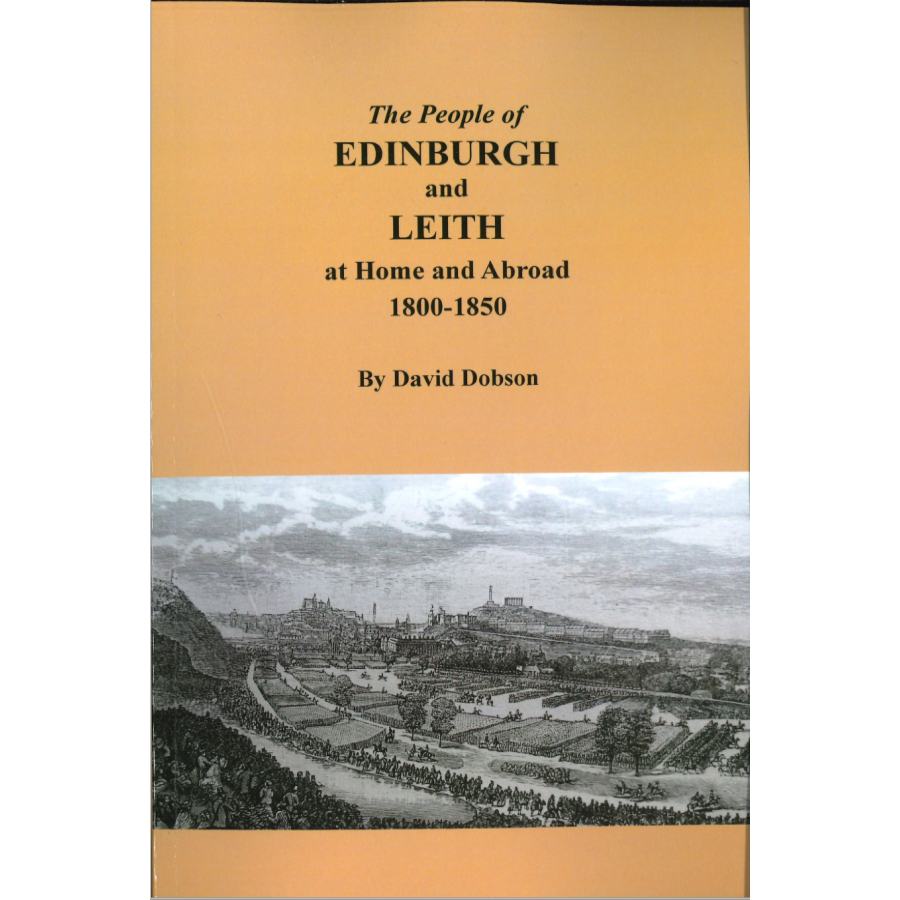The People of Edinburgh and Leith at Home and Abroad, 1800-1850
Couldn't load pickup availability
The second half of the 18th century saw the construction of the New Town of Edinburgh, to the north of the medieval burgh and across the Nor' Loch. During the first half of the 19th century, Edinburgh and Leith remained as two distinct communities. Leith only became a burgh in 1833 and remained so until it was formally integrated into Edinburgh in 1922. This book is based largely on contemporary newspapers and magazines, monumental inscriptions around Edinburgh, and a host of sources found in archives. The entries combine information on people who went abroad as well as those who remained in Edinburgh.
The Scottish Enlightenment gave Edinburgh much of its international renown. Edinburgh became the capital of the Scottish professional classes, and it also was the center of publishing, banking, the Church, and insurance companies, as well as distinguished educational establishments. Transportation improvements, such as the Leith Docks, introduction of the railways, and construction of bridges within the city, enabled Edinburgh to expand. During the 19th century, the affluent would abandon the Old Town in favor of the New Town, the middle classes and the skilled workers moved out to the suburbs, while those who had no option remained in the Old Town.
Leith functioned as the port of Edinburgh. The import-export trade initially was confined to western Europe but eventually became worldwide. Timber was imported from Scandinavia, grain from the Baltic, and wine from France and Spain, while coal from nearby coalfields was exported to Scandinavia and the Netherlands. Leith was famous for its glass and bottle-making works, brewing, distilling, and warehousing. Leith was also an important shipbuilding center, and many immigrant transports sailed from Leith.
David Dobson
2022, paper, 172 pp.
ISBN: 9780806359533
102-8738
